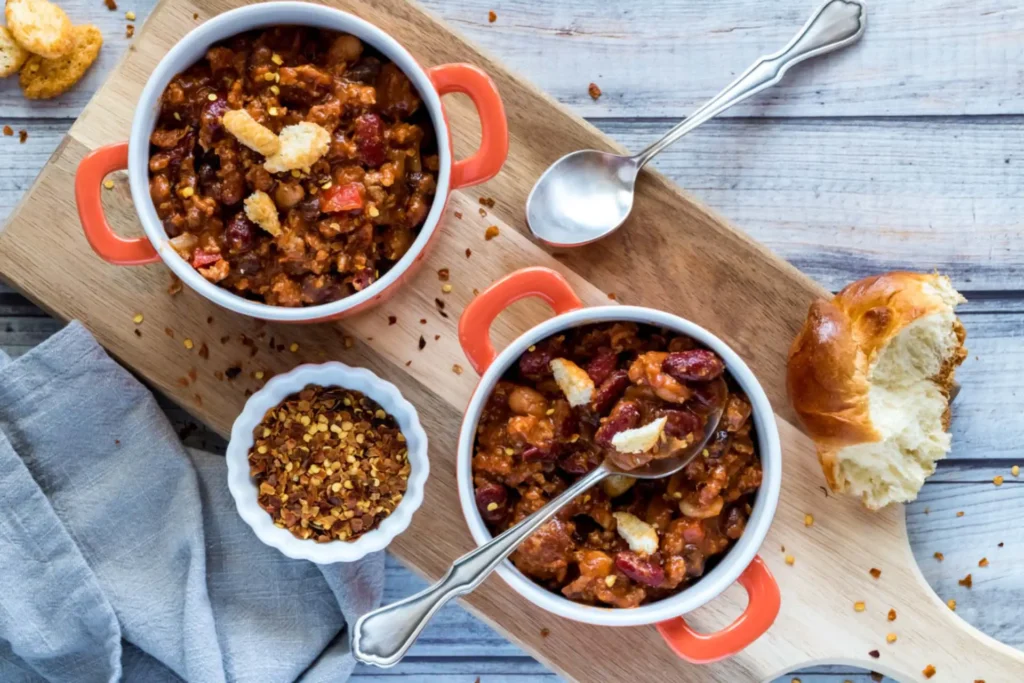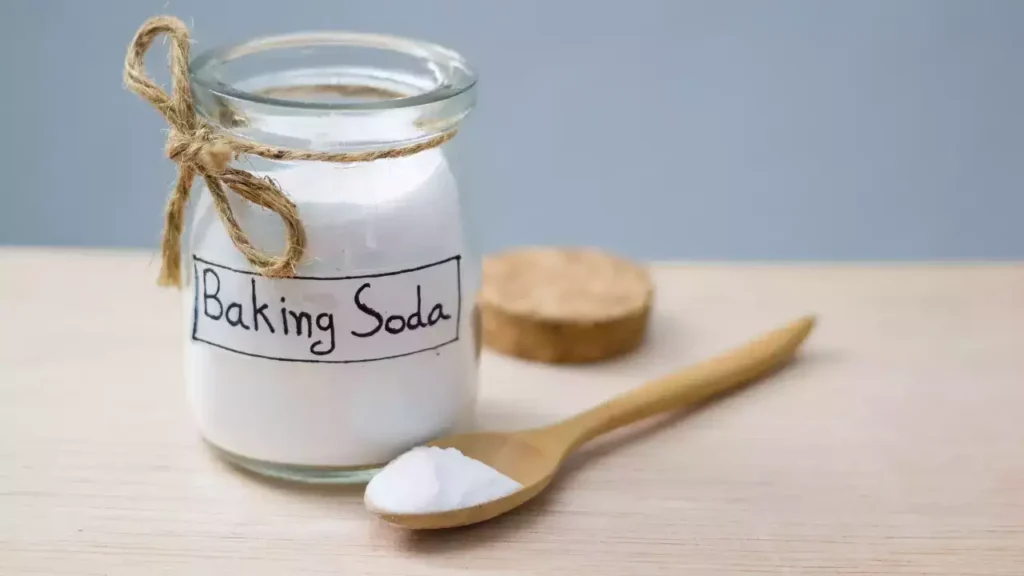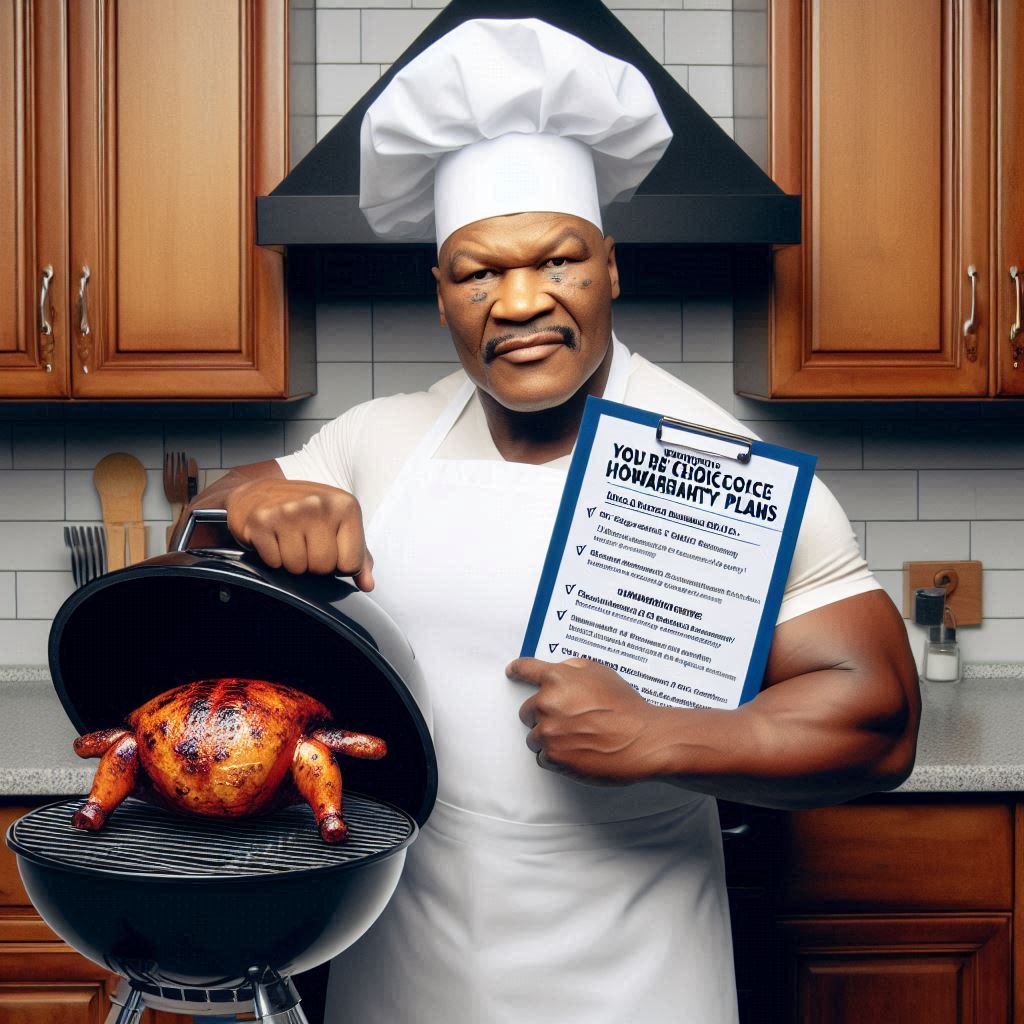Is it Okay to Eat Chili Left Out Overnight?

Table of Contents Show
Introduction
Picture this: you come home after a long day, craving a comforting bowl of chili. You find last night’s batch sitting on the kitchen counter. The question arises – is it okay to eat chili left out overnight? Let’s delve into the intricacies of food safety and the perplexing world of leftovers.
The Danger Zone
Before we tackle the chili dilemma, let’s understand the concept of the “danger zone.” This temperature range, between 40°F (4°C) and 140°F (60°C), is a breeding ground for bacteria. Leaving food within this zone for an extended period can lead to microbial growth, potentially causing foodborne illnesses.
Chili Left Out Overnight: Risks and Concerns
Chili, a delightful medley of flavors, can also be a breeding ground for bacteria when left unattended. Perishable by nature, chili contains ingredients that bacteria love to feast on. The combination of meat, beans, and spices creates an environment conducive to spoilage.
Foodborne Illnesses: A Real Threat
Consuming food left out overnight poses real health risks. Bacterial growth can lead to various foodborne illnesses, with symptoms ranging from mild discomfort to severe complications. It’s crucial to be aware of the potential dangers associated with eating improperly stored food.
Refrigeration: The Key to Food Safety
To ensure the safety of your leftovers, the refrigerator becomes your ally. Prompt refrigeration inhibits bacterial growth and preserves the freshness of your chili. The key is to store leftovers within two hours of cooking to prevent the proliferation of harmful bacteria.
Guidelines for Safe Chili Consumption
Perplexity in Food Safety
Navigating the guidelines for safe chili consumption can be perplexing. Questions arise: How long can chili sit out before it becomes unsafe? Is it safe to reheat chili multiple times? Let’s unravel the confusion surrounding food safety.
Burstiness of Flavors: A Culinary Delight
While safety is paramount, we shouldn’t overlook the burstiness of flavors in chili. The rich blend of spices and ingredients contributes to a culinary delight. Maintaining the essence of your chili while ensuring safety is a delicate balance.
How to Assess Leftover Chili
Ensuring the safety of your chili doesn’t require a science degree. Visual and olfactory indicators can help you assess its freshness. The “sniff test” is a simple yet effective way to gauge whether your chili has taken a turn for the worse.
Creative Ways to Repurpose Leftover Chili
Worried about wasting that delicious chili? Get creative! Repurpose it into new dishes, from chili tacos to hearty casseroles. Reduce food waste while enjoying the burstiness of flavors in innovative ways.
The Role of Packaging
Proper packaging is a crucial aspect of preserving the quality of your chili. Opt for airtight containers to prevent cross-contamination and extend the shelf life of your leftovers.
Community Insights: What People Think
Let’s hear from the community. Do people shy away from eating chili left out overnight? We’ll explore common concerns and gather insights on the general consensus.
Expert Advice on Food Safety
Nutritionist’s Insights:
1. The Two-Hour Rule:
Nutritionists consistently emphasize the “two-hour rule.” This rule dictates that perishable foods, like chili, should be refrigerated or consumed within two hours of being prepared. Beyond this timeframe, the risk of bacterial growth increases significantly.
2. Temperature Matters:
Pay attention to temperatures. Keep your refrigerator set at 40°F (4°C) or below to slow down the growth of bacteria. Similarly, when reheating chili, ensure it reaches an internal temperature of 165°F (74°C) to kill any potential bacteria.
3. Proper Storage Techniques:
Invest in quality storage containers. Opt for airtight containers that prevent air and moisture from entering, preserving the freshness of your chili. Glass or high-quality plastic containers with tight-sealing lids are excellent choices.
4. Understand Refrigeration Limits:
Refrigeration slows down bacterial growth but doesn’t halt it entirely. Consume your refrigerated chili within 3-4 days to ensure both safety and optimal taste.
Chef’s Recommendations:
1. Airtight Packaging:
Chefs emphasize the importance of airtight packaging. Improperly stored chili is susceptible to cross-contamination, affecting both taste and safety. Invest in containers that seal tightly to maintain the burstiness of flavors.
2. Avoid Frequent Reheating:
While reheating is generally safe, repeated reheating can compromise the quality of your chili. Aim to reheat only the portion you plan to consume, reducing the risk of bacterial growth.
3. Preserve Freshness through Freezing:
Freezing is a chef’s secret weapon for extending the life of chili. Divide your chili into smaller portions, freeze them in airtight containers, and enjoy a burst of freshness even after a prolonged storage period.
4. Educate on Spoilage Signs:
Chefs stress the importance of recognizing signs of spoilage. Trust your senses – if your chili smells off, looks discolored, or has an unusual texture, it’s wise to err on the side of caution and refrain from consuming it.
Community Insights: What People Think
In the ever-evolving discussion about chili left out overnight, community perspectives play a pivotal role. Let’s explore the common concerns and opinions circulating among individuals who have faced the dilemma of deciding whether to consume that tempting bowl of chili.
Some folks may swear by the “better safe than sorry” philosophy, opting to discard any food that has spent too much time outside the refrigerator. Others might share their experiences of regularly consuming leftovers without any adverse effects, arguing that certain foods are more resilient than we give them credit for.
However, it’s essential to note that individual tolerance to food safety risks can vary. While one person may never experience any issues with eating chili left out overnight, another might fall victim to a bout of food poisoning.
Expert Advice on Food Safety
To bring clarity to this debate, we sought guidance from experts in the field. Nutritionists emphasize the importance of adhering to general food safety guidelines. They stress the significance of the two-hour rule—refrigerate or consume perishable foods within two hours of preparation.
Chefs also weigh in, offering practical tips for preserving the flavors of your chili while ensuring its safety. They recommend investing in quality airtight containers, as improper packaging can expose your chili to cross-contamination and compromise its taste.
Frequently Asked Questions
- How long can chili be left out before it becomes unsafe to eat?
- Understanding the time limits for food safety.
- Is it safe to reheat chili multiple times?
- Exploring the safety of reheating chili.
- What are the signs of spoiled chili?
- Identifying visual and olfactory indicators.
- Can I freeze leftover chili for extended storage?
- Discussing freezing as a preservation method.
- Are there specific containers ideal for storing chili?
-
- Choosing the right packaging to maintain freshness.
Conclusion
In the realm of leftover chili, safety and flavor go hand in hand. While the burstiness of flavors delights our taste buds, it’s crucial to navigate the intricacies of food safety. By following guidelines, repurposing creatively, and seeking expert advice, you can enjoy your chili without compromising your well-being.
Also Read: Red Gills: Understanding, Preventing, and Treating






Responses